Removing protesters: Supreme Court passes the buck to the government
Chief Justice raises objection over inflammatory remarks by PAT and PTI leaders
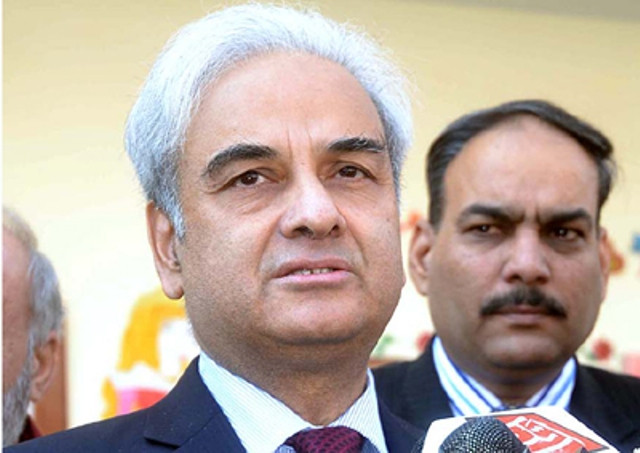
In a rare reminder, the Supreme Court on Thursday said that it was the government’s responsibility to ensure that protesters are removed from Constitutional Avenue without violating their fundamental rights.
While hearing a petition filed by the Lahore High Court’s Multan bench Bar Association challenging the demonstrations in the heart of Islamabad’s heavily fortified red zone, the five-member bench headed by chief Justice Nasirul Mulk also raised objections over inflammatory remarks made by Pakistan Tehreek-e-Insaf (PTI) and Pakistan Awami Tehreek (PAT) leaders against lawmakers during their week-long sit-ins in the capital.
During the proceedings, Attorney General Salman Aslam Butt requested the court to pass an order allowing the government to remove the protesters from the Constitutional Avenue.

Responding to the AG’s plea, the chief justice said that “It is the government’s (duty) to handle the situation. You have the administrative authority, and you may proceed in accordance with the law.” However, the top judge reiterated that the bench remains distant from political issues in the country.
On Wednesday, the top court issued notices to leaders of PTI and PAT directing them to appear before the bench, however, no one appeared on behalf of the PAT chief during Thursday’s hearing.
During the hearing, the court observed that access to justice was being obstructed by protesters who had encamped around the Supreme Court building and much of the red zone, blocking entry and exit routes to the vicinity.
Justice Mulk said that there are two issues before the court: one is to restrain state functionaries from unconstitutional steps and the second is violation of fundamental rights of citizens.’ Mulk said judges, litigants and staff had to take long detours to enter court premises due to the sit-ins.

Upon this, PTI chief’s counsel Hamid Khan said that the party would never want to make any state institution dysfunctional - including the Supreme Court, Parliament House and other buildings on the Constitutional Avenue.
Khan contended that the PTI was a peaceful party which had never violated the Constitution. He said the PTI was against any extra-constitutional steps.
Justice Jawwad S. Khawaja remarked that his statement was very heartening but that a procedure must be adopted for the protest.
Another judge on the bench Justice Anwar Saeed Khan Khosa remarked that it was ironic that claims were being made regarding commitment with the Constitution but at the same time the Constitution Avenue remained blocked.
Justice Khosa said that the PTI should not backtrack from its demands but it should at least move away from the Constitutional Avenue.
Meanwhile, referring to an earlier ruling in the contempt case against PTI chief, Justice Anwar Zaheer Jamali said that the bench has already directed politicians to be careful in the selection of words during their speeches. The judge said that PTI and PAT leaders should use ‘appropriate language’ against parliamentarians in their addresses.
Leaders of both parties have lashed out at the prime minister, members of his cabinet and parliamentarians during their campaign, using language that the court has deemed inappropriate.
Earlier, Asma Jahangir appearing on behalf of Supreme Court Bar Association president Kamran Murtaza said that the court supported the right of freedom of expression and always encouraged it but an impression has been created that this right is absolute. Jahangir said that freedom of expression and right of assembly is subject to some reasonable restriction.
The court asked PTI’s counsel to file statement by the next hearing of the case which was adjourned until Friday (today).
Published in The Express Tribune, August 22nd, 2014.

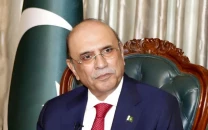
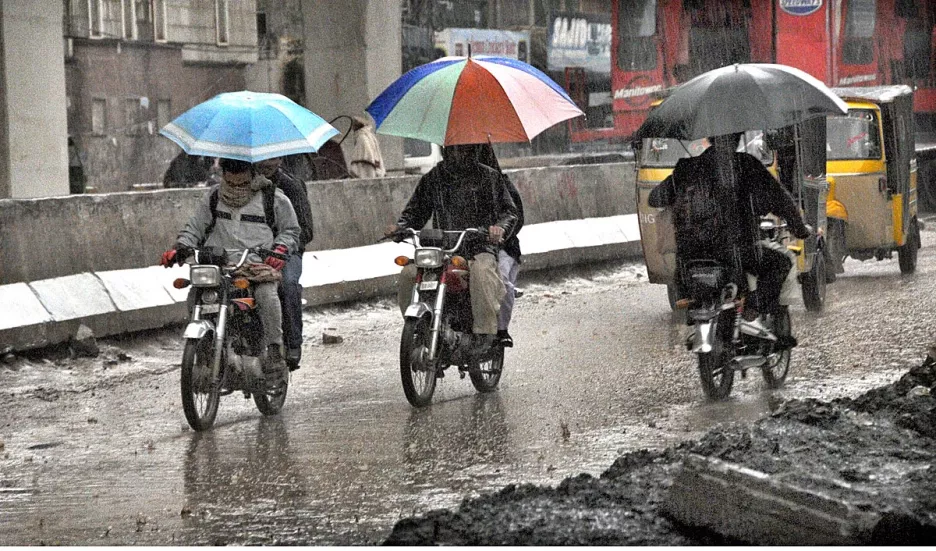

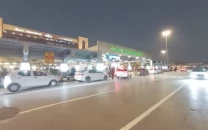
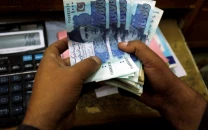













COMMENTS
Comments are moderated and generally will be posted if they are on-topic and not abusive.
For more information, please see our Comments FAQ